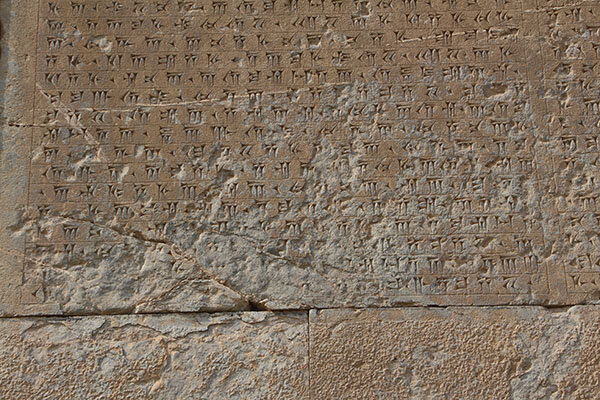The massive stone tablet, known as “Darius’s First Decree,” has suffered significant erosion and partial collapse in recent years.
Controversial conservation attempts in 2020, when authorities removed protective structures without proper approval or studies, reportedly accelerated the damage.
“This isn’t just any artifact; it’s the founding document of Persepolis itself,” said Siavash Arya, a cultural heritage activist who recently documented the inscription’s condition. “The text reveals Darius’s worldview, his respect for workers, and even early monotheistic beliefs in Persia.”
The limestone inscription contains 22 lines of cuneiform script describing the construction of Persepolis and the empire’s governance. Archaeologists consider it the most valuable written record from the Achaemenid period (550-330 BCE).
Authorities at the Persepolis World Heritage Site announced new restoration efforts this week, but experts remain concerned about irreversible damage. The inscription has become increasingly vulnerable to temperature fluctuations and humidity since its protective canopy was removed over four years ago.
“This was a preventable tragedy,” said Farzad Amiri, an ancient Near Eastern historian at Shiraz University. “The inscription survived millennia only to deteriorate under our watch due to poor decisions.”
